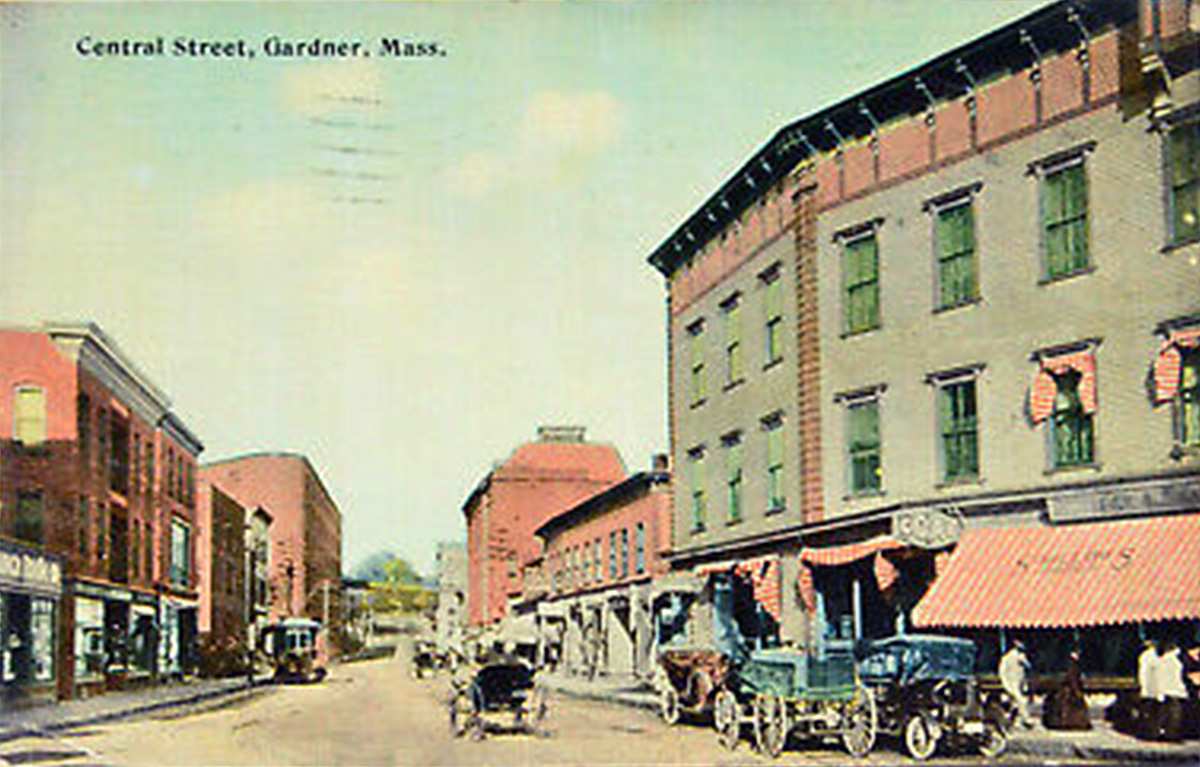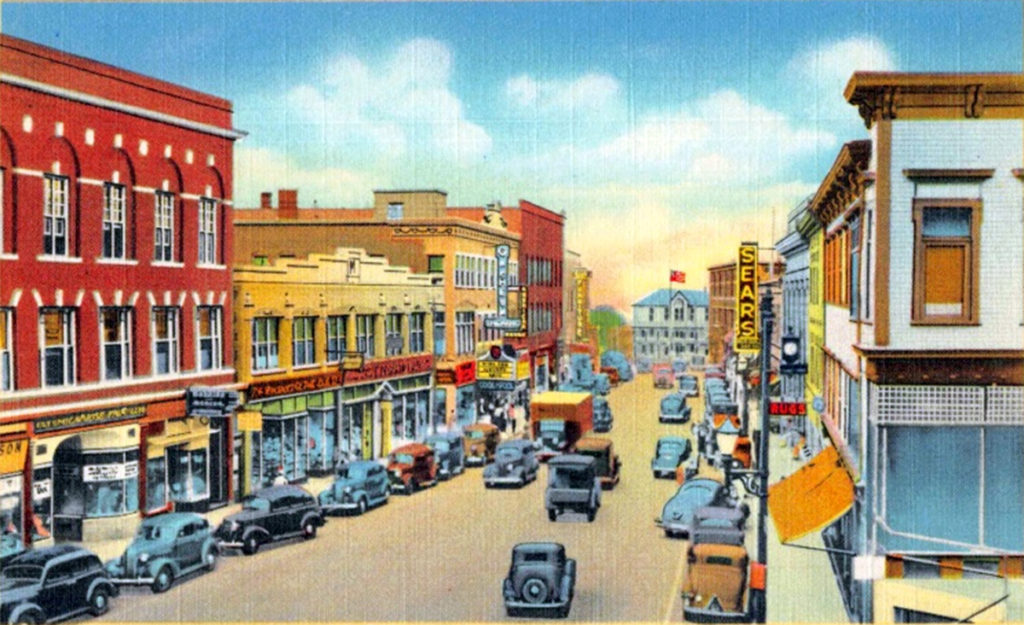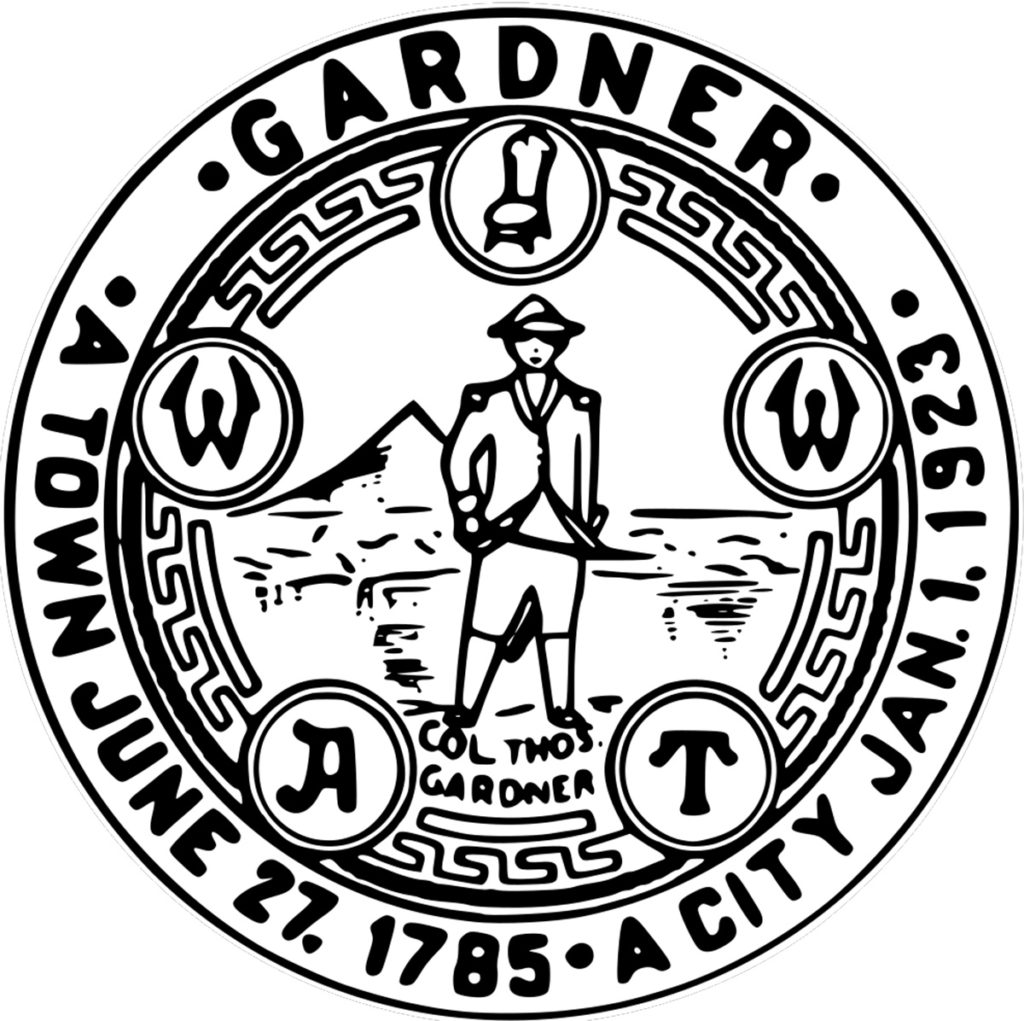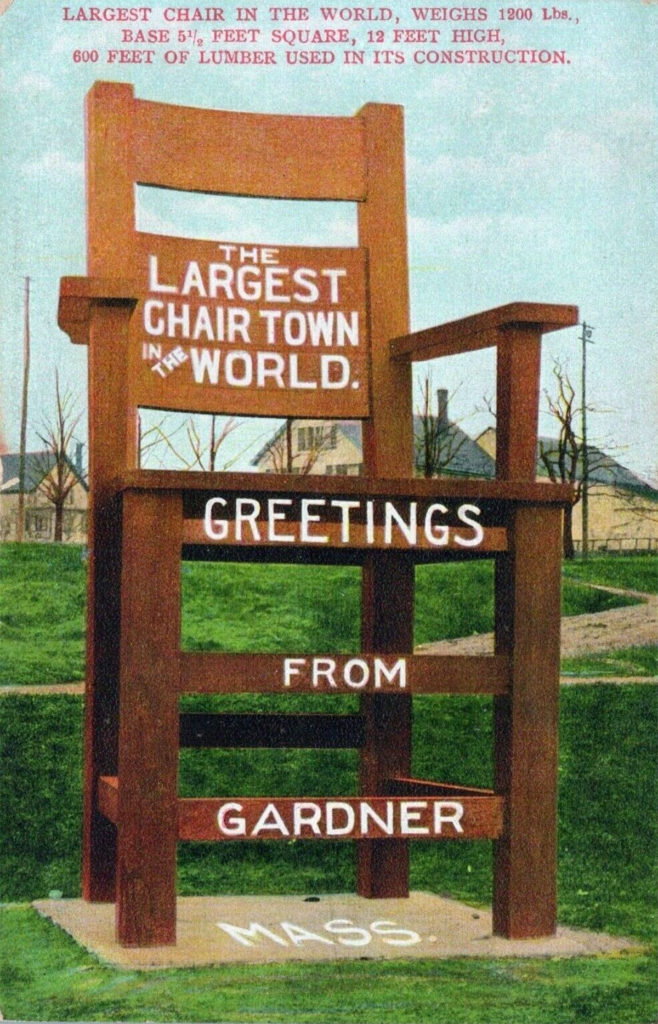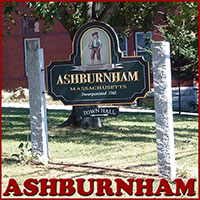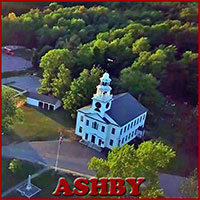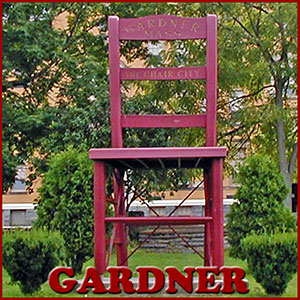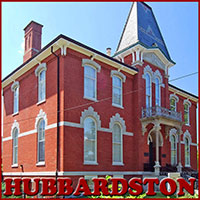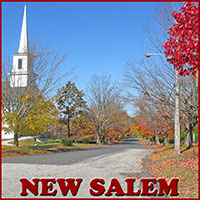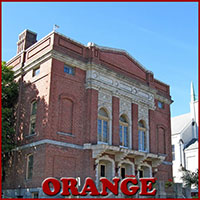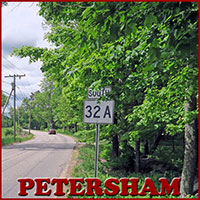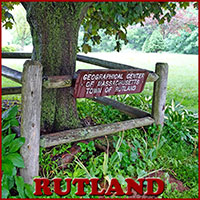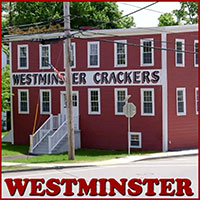History of Gardner MA
Gardner Massachusetts is a city of over 20 thousand people. View Gardner Historical Photos.
(Some history from wikipedia) Named in honor of Col. Thomas Gardner, the community was first settled in 1764 and officially incorporated as a town in 1785 after receiving land grants from the surrounding towns of Ashburnham, Westminster, Templeton and Winchendon. Dating from about 1805, it became a center for lumber and furniture industries. Gardner is known as the “Chair City” and “The Furniture Capital of New England”, due to its long history in furniture production. By 1910 it had 20 chair factories which produced 4 million chairs per year. It was also noted for silversmithing. The Gardner State Colony for the Insane pioneered the use of cottage residences. Gardner was incorporated as a city in 1923.
Gardner is the birthplace of Heywood-Wakefield furniture, dating from 1826 when the five Heywood brothers began to fashion furniture in a barn near their father’s farm. Brothers Walter, Levi, Seth, Benjamin and William began that year making wooden chairs. In the early years, Walter fashioned chairs by hand, also using a foot lathe. He was soon joined by his brothers Levi and Benjamin, part-time, while running a nearby country store. A new store was built across the street from the original store. In 1831 Levi moved to Boston where he established an outlet store to sell the chairs, while Benjamin and William remained in Gardner to manufacture the chairs. A fire destroyed the Heywoods’ chair shop in 1834. In 1835 the partnership of B. F. Heywood & Co. was formed, composed of Benjamin, Walter and William, with Moses Wood and James W. Gates. Gardner was also the home of the Conant-Ball furniture factory. Nichols & Stone Chair Company traces their origin to 1762 in Westminster, Massachusetts. The company moved to Gardner at the turn of the 19th to 20th century. As of July 2008, it was announced they would terminate production. The Nichols & Stone name, the intellectual property and the design rights were purchased by the L. & J.G. Stickley of Manlius, New York
Gardner is also home to the first practical time clock. Invented in 1894, by Edward G. Watkins, while he was an engineer working at Heywood-Wakefield Company when he was asked to make a better time clock to keep better track of there workers. After recognizing growing nationwide need for a better time clock, Watkins left Heywood-Wakefield, and opened Simplex Time Recorder. In 1958, Simplex bought the IBM Time Recorder Division, which also included their fire protection division. This purchase helped propel Simplex to become a leader in fire alarms and business systems. Simplex would be owned and operated under the Watkins family for over a century with family including Edward’s son, Curt, from 1942 to 1967, and Curt’s son, Edward “Chris” G. II, from 1967 until it was sold in 2000, to Tyco International.
The seal of Gardner was designed in 1922 by native-born illustrator Walter Harrison Cady. According to the city code, the seal shows a portrayal of Col. Thomas Gardner standing in front of Crystal Lake with Mount Monadnock in the background. Within five smaller circles we see a chair, representing the importance of the furniture industry to the city’s economy, as well as the letters W, W, A, and T, representing the surrounding towns of Westminster, Winchendon, Ashburnham, and Templeton which all contributed land to the city at its founding.
Throughout its history Gardner was known for its furniture industry, earning its nickname as the “Chair City”. While the city has undergone deindustrialization in recent decades a handful of manufacturers remain in Gardner and its neighboring towns, including Standard Chair of Gardner and the Saloom Furniture Company. The city is also home to a multinational paper and packaging manufacturer, Seaman Paper.


WGAW Weekdays In the Community

Greater Gardner Weather Center, CLICK HERE. 
The Fiscal 6 Project Covering 5 Years of Gardner Success, CLICK HERE 
Gardner City Council page, CLICK HERE 
Non-Profits – Public Service Organizations Listing, CLICK HERE 
Schools page, CLICK HERE 
Original Music page 
Interviews, CLICK HERE 
Gardner Magazine Editorials, CLICK HERE.

